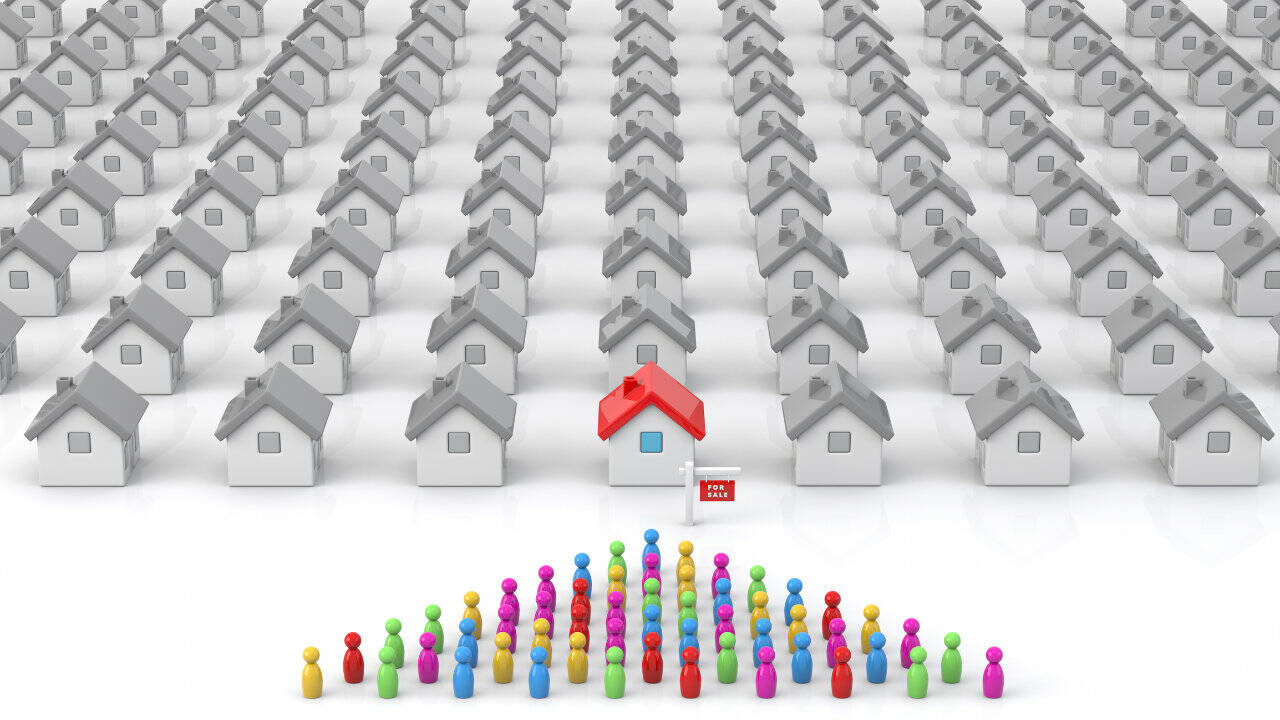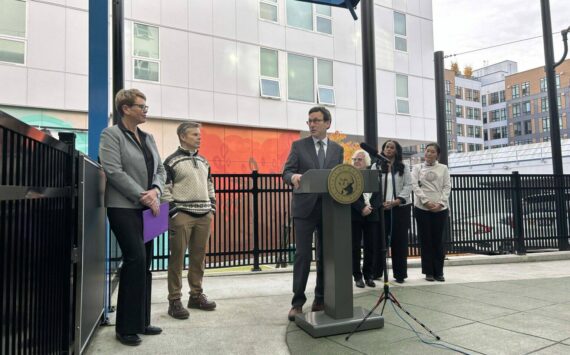When it comes to housing in the 2020s, it is very simple; it’s complicated.
Housing is one issue that is national (if not global) personal, financial, social, and, of course, political. Maybe even philosophical.
Housing is one of the very few things we all need. But no matter how much we may “need” it, some don’t have it.
And some take advantage of those who need it.
For some (but certainly not all) housing (for themselves or for others) is the best investment.
And for almost all of us, renters, homeowners or multi-unit owners or managers, housing is complicated. And getting more complicated.
Various municipalities and agencies work, sometimes with good intentions, attempt to clarify housing rules, guidelines and laws. From zoning to building codes, we try to make housing safe, secure and affordable.
To put it simply, some of the laws and rules just don’t get along.
One of the reasons housing rules and guidelines often conflict is that we can decide what housing is; is housing a market? A social service? A basic need for human survival?
Whichever category we put housing in, we make decisions and set priorities accordingly.
But what happens when we put housing in more than one category? Or if housing just won’t stay in the category where we put it?
Many, if not most, politicians and urban planners treat housing as an abstraction — which it might be for them — as long as they are talking about housing for others.
Housing, to them, is a budget item or one of many issues in a political platform.
But for most of us, and even for them, housing is the most immediate, tangible, concrete aspect of our lives.
Our address, our neighborhood, where we keep our stuff, the place we return to and feel at home has nothing abstract about it.
It is no wonder that housing, as a social or political issue and as a personal expense/necessity/investment occupies so much of our attention.
Housing Basics
One general rule about housing is that it should cost no more than a third of one’s gross income.
For the vast majority of working people at this time, this is literally impossible.
If you do the math, you discover that the cost of a residential mortgage has become prohibitively expensive for most households.
Thanks to both higher home prices and the Federal Reserve’s tighter monetary policy, as of late 2023, only about a quarter of US households could qualify for a mortgage; about half the 2019 level.
The higher-then-usual cost of home mortgages means that the comparative affordability of apartments is dramatically increasing renter demand — which, of course, generally means higher prices and fuller occupancy.
And if you pay attention to multi-family housing construction, you can’t help noting that virtually all new construction is two-bedroom — at most.
Large families, (as in more than child) are in trouble when it comes to housing.
In other words, not only is housing out of reach for most young people, but so is having a family.
Renting
Rent itself is high, (compared to most average incomes) but rent is only one factor for those not purchasing a home.
Deposits, fees, move-in costs and credit (and other) screening costs are just the beginning of upfront costs long before any rent kicks in.
The deposit on a one-bedroom unit in a recently built apartment building is one thousand dollars. Parking fees, if needed, are often extra.
If you have pets, or kids, or an occasional needy friend or relative, you can expect to pay more.
And if you have any evictions, balances owed to previous landlords, credit problems or difficulties with the law or places of employment, the options shrink even more.
And you better have proof of steady employment — both in the past and in the (un)foreseeable future.
To sum it up, renting in today’s economy is not for the non-committed among us.
Not too many years ago, about 10% of American housing was not even remotely like this.
Many cities had low-rent rooms, available by the week, or even by the day, for cash with no credit checks. Even the “Y” offered a place to stay on short notice with few if any requirements — beyond payment.
From The Lord of the Rings, to the “no room in the inn” Christmas story to the early days of Colonial America, inns, boarding houses, hostels or individually owned ad hoc spare rooms offered shelter to travelers in their time of need.
For whatever set of reasons, those forms of temporary housing barely exist now. But the need for them never went away.
Maybe we need different categories of housing — and different categories of the rules and guidelines — and reigning assumptions about housing.
To a large degree, we have this already — it is just not officially recognized.
Shared housing, young people living with parents and, of course ADUs, fill in the many gaps of our housing economy.
When it comes to housing, not everyone can live up to the contractual and financial obligations of official standard housing — whether renting or buying.
A generation or two ago, housing needs were met in a variety of what we would now consider unorthodox, even peculiar ways.
One story I heard fairly often was of people, without lawyers or agents, literally trading houses. Maybe a family home that was too big once the kids grew up and someone had a smaller, more age-appropriate home and wanted a larger one.
One distant cousin of mine got a large property in exchange for taking care of a relative in his final years.
My point is that housing was once as improvised and sometimes transitional as was needed.
My parents, for example, bought a piece of property, had a basement built and then lived in the basement for a year or so and, with every paycheck, bought building materials and spent weekend (usually with friends or family members) building their home.
One short drive around almost any city center — and many outlying neighborhoods — would show any of us that our current housing/homeless situation is clearly not working.
It is clearly time for agencies and local governments — if not all of us — to step up and ensure that, for the good of all of us, every person has what we all need — safe and secure shelter.





